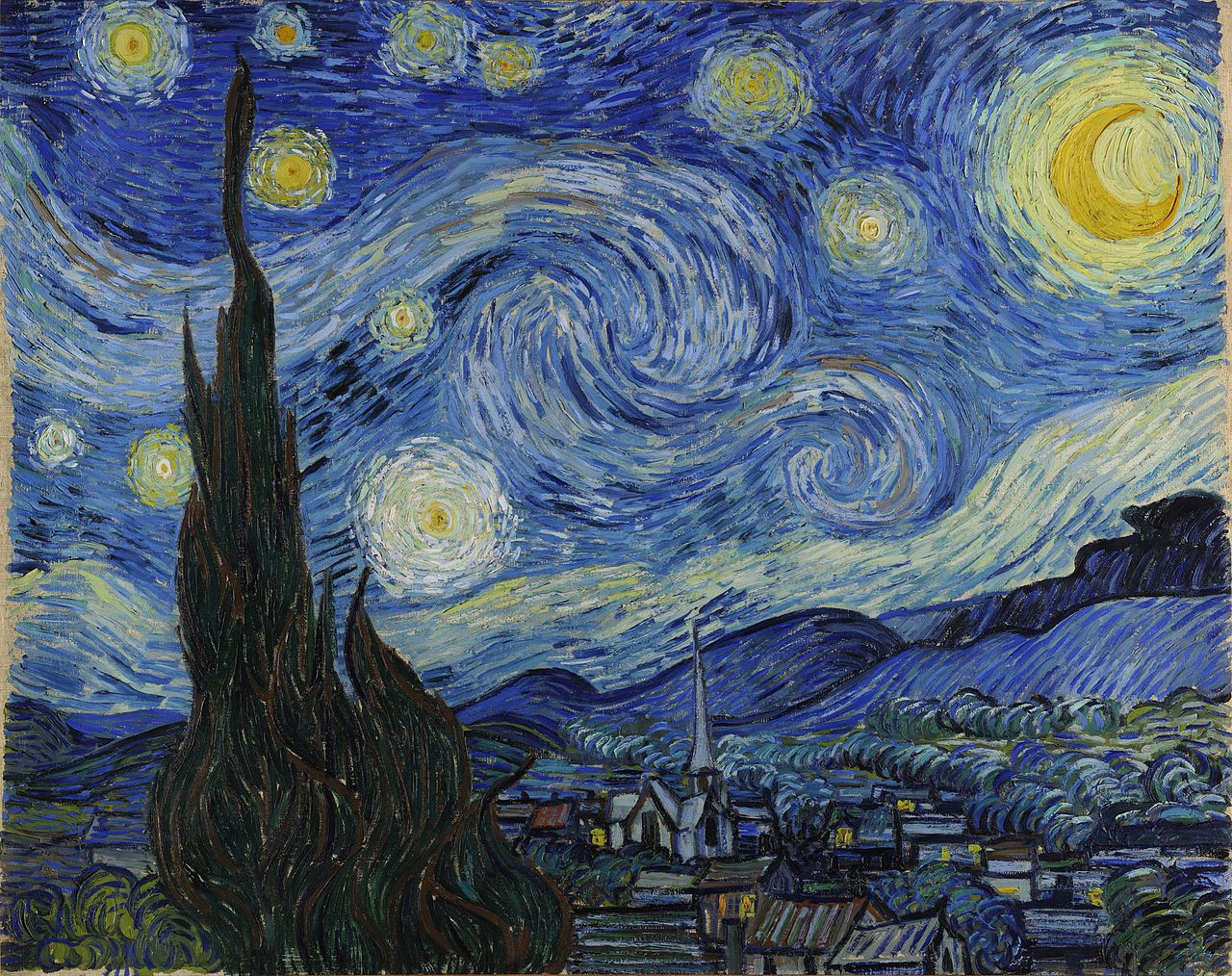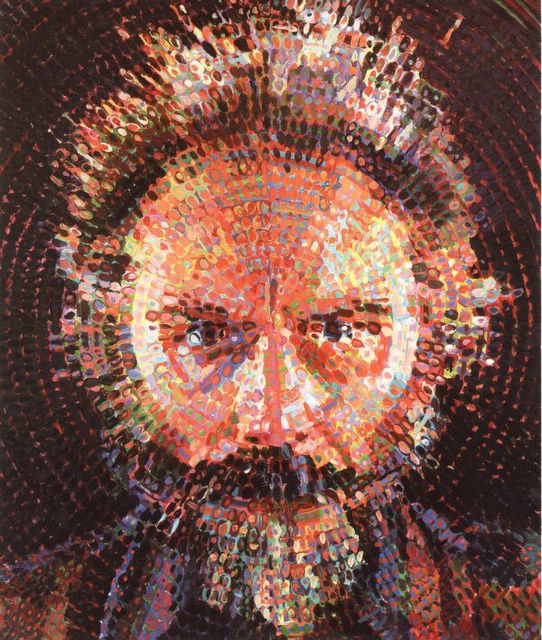| Self Portrait |
He didn't always think he was going to become a painter. At first he believed that his work was to be in the church. He worked as a missionary in Belgium where he began to sketch people from the local community.
He
is well known for his amazing portraits which describes a lot about
hime self. For one there is no expression on his face in any of his
portraits. What is being portrad in the picture is not the main subject
of his art, it is how he created all of his pieces in his own style. The
way he is able to add depth and life like qualities to his images is
the way he uses his brush strokes. The colours which many believed he
used consisted of earthy colours.
It is believed that when he went to Paris where he was able to acquire knowledge of the French impressionist.
It is believed that when he went to Paris where he was able to acquire knowledge of the French impressionist.
He
was not born a painter. He had only started his work until his early
twenties. Within his decade of proffesional painting he was able to
create over 2,100 pieces of art which made up of water colours, prints,
drawings, sketches, and oil paintings.
What I like about his paintings is that they are quite detailed in a sense that from the tiny marks he makes really builds up towards a bigger picture.
What I like about his paintings is that they are quite detailed in a sense that from the tiny marks he makes really builds up towards a bigger picture.
 |
| Stary Night |













